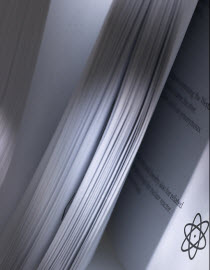


The GE Vernova Hitachi Nuclear Energy BWRX-300 small modular reactor (SMR) has completed Step 2 of the generic design assessment (...
New federal legislation introduced by US Rep Dan Newhouse (R-Washington) would expand tax incentives for investments in new nuclea...
Finland’s Steady Energy and Korea District Heating Corp. have signed a memorandum of understanding aimed at fostering cooperatio...
BWRX-300 Small Modular Reactor Passes Step 2 of UK’s Generic Design Assessment; https://t.co/UOhdVRzGO3 #NuclearEnergy #NuclearPower #CleanEnergy
— TradeTech (@U3O8TradeTech) December 11, 2025
Uranium 101 - Glossary of Uranium Industry Terms
